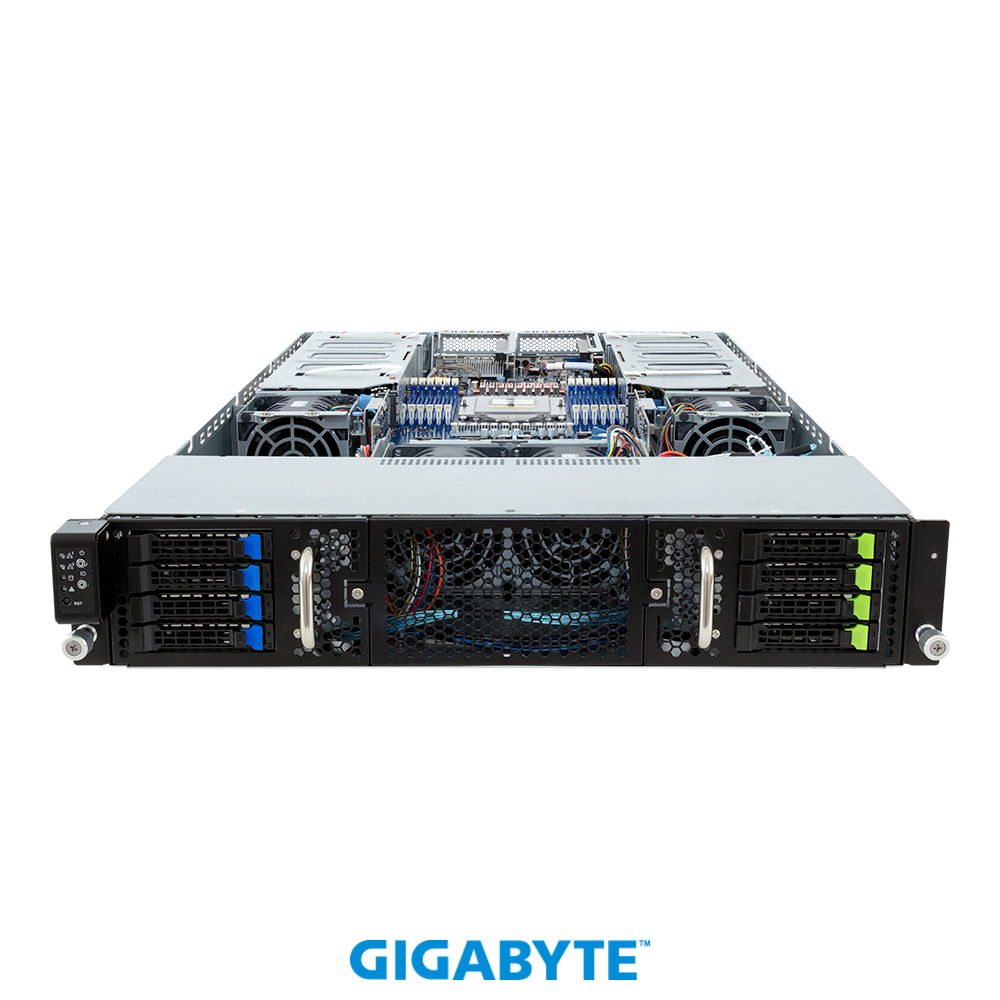When running websites, cloud services, or business systems, computers need to manage a lot of tasks at once. Unlike regular desktop processors, AMD server CPU is built to handle more users, more data, and longer hours without slowing down. They are the power behind many of the online tools and services we use every day.
More Cores for More Tasks:
One of the key features of server CPUs is that they often come with many cores. Each core acts like its own small processor, and having more of them means the CPU can handle more things at the same time. This helps when many people are using a system at once or when one program needs to do several things quickly.
Threading Makes It Even Better:
Along with having more cores, server CPUs often use a feature called multithreading. This lets each core handle more than one task at once by switching between them quickly. It’s like a person doing two small jobs at the same time instead of just one. This helps boost performance without adding more hardware.
Large Memory Support:
Heavy workloads often mean working with big files, lots of users, or many programs open at the same time. Server CPUs are built to work with large amounts of memory (RAM). This helps the CPU get the data it needs faster, without slowing down or freezing. More memory support also means better performance during multitasking or database operations.
Running 24/7 Without Slowing Down:
Servers often run all day, every day. A server CPU is made to stay active for long hours without breaking down. It handles heat better, runs more stable under pressure, and lasts longer than most regular processors. This makes it reliable for important systems that need to stay online without stopping.
Built for Big Jobs:
Tasks like hosting websites, running virtual machines, or managing cloud services are not light work. A server CPU is built for this kind of load. It can divide work across many users, handle large data requests, and still respond quickly. This is what makes it different from the CPU in your laptop or desktop.
Server CPUs are the engines behind busy systems. With more cores, better multitasking, and strong memory support, they’re designed to keep things running smoothly, even when the workload gets heavy.



